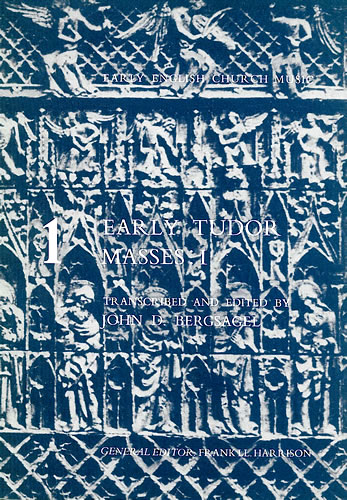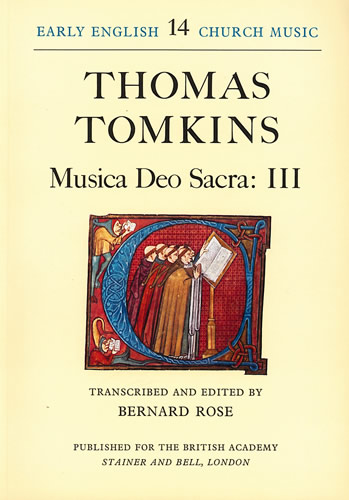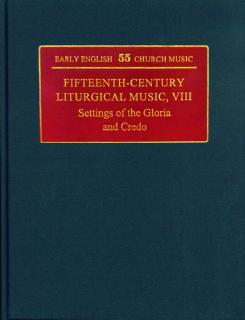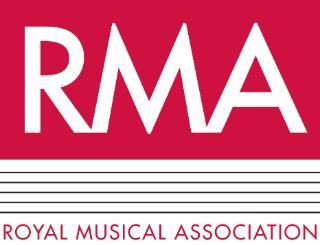EECM Volumes
Through the links on the left, you can find materials relating to previous volumes. These are intended to facilitate the of EECM editions in performance. Please note that these materials can be freely downloaded and used, but should be acknowledged when used in performances and recordings under Creative Commons Licence.
Ancillary materials. These can be used in performance along with music from the printed volumes. If you want to prepare a complete performance of an organ hymn, for instance, you will find faburden verses for three voices in the folder for EECM 6. Other kinds of materials include a copy of John Sheppard's hymn, Hostis herodes impie in choirbook format (EECM 54), viol consort parts for John Milsom's reconstructed Tallis Fantasia (EECM 56), and performable selections of the Mass of Our Lady (EECM 59-60).
Transposed versions. In recent editions, music is presented at its original written or printed pitch, with few exceptions, regardless of its likely sounding pitch. Conversely, some early editions routinely deployed minor third transposition. Alternative transposed and untransposed versions are included here.
Lists of addenda and corrections (for instance, where new sources have been identified since a volume was published).
N.B.: off-prints from the printed volumes themselves, ©The British Academy, should be purchased through Stainer & Bell.
Volumes Published to Date
Since 1961, EECM has aimed to 'make available church music by British [sic] composers from Anglo-Saxon times to 1660, in a form both scholarly and practical'. In reality this has entailed an almost exclusive concentration upon English liturgical polyphony written between the fifteenth and the seventeeenth centuries.
 |
|  |
|
The layout and notational style of early EECM volumes were driven by the series' ambition, never entirely fulfilled, to appeal to both performers (mostly choirs) and scholars (primarily musicologists). The first forty editions were nearly all portable soft-bound volumes, typically comprising 150-250 pages measuring 25x17.5 cm. Note-vatues were usually quartered, and contents were often transposed. The picture on the left shows the style of binding used in the first dozen volumes - in this case, EECM 1, an edition of early Tudor Masses prepared by John Bergsagel. The cream-coloured binding used from the early 1970s until the 1990s, seen on the right, has the familiar Cantate initial from GB-Ob Rawl. G. 185, fo. 81v, a psalter copied for the prior of Christ Church, Dublin, in the third quarter of the fourteenth century.
As the series matured in the 1980s, its orientation gradually but perceptibly shifted towards scholarly readers, with an increasing sensitivity towards the editorial representation of source notation. Editorial decisions such as the suppression of source accidentals were indicated on the score itself and not consigned to the critical notes; transposition became more infrequent; and note-values ceased to be reduced as a matter of course (see, for instance, EECM 40, the late Paul Doe's edition of Latin polyphony by Robert Parsons).
 |
In the 1990s, under the General Editorship of Prof. John Caldwell, this growing concern with conveying source notation with minimum intervention led to a redesign of the series. John Morehen's edition of Thomas Morley's services (EECM 41) introduced the current large physical format which allows for a greater number of bars to be printed on each page.
But Gareth Curtis's volume of fifteenth-century Mass music (EECM 42) pioneered the most radical change to date, signalled by the use of diamond-headed notes. This format is used for all polyphonic repertories from before c. 1530, as in the late Prof. Peter Wright's edition of Gloria and Credo settings from the mid-fifteenth century (EECM 55, left) The principles underpinning this format are set out in the Editorial Guidelines.
More recently, EECM reaffirmed its commitment to later repertories (published in a more familiar 'round' type of notation, as in EECM 54), and to the publication of facsimiles (with EECM 50, EECM 57 and EECM 62). In 2019 we also published the first of a series of volumes devoted to liturgical chant, the two-volume EECM 59-60; forthcoming volumes in this subseries include English Saints Offices, ed. David Hiley.
In other words, its editorial policies have changed, in some cases fundamentally, since the series was founded in 1961.



